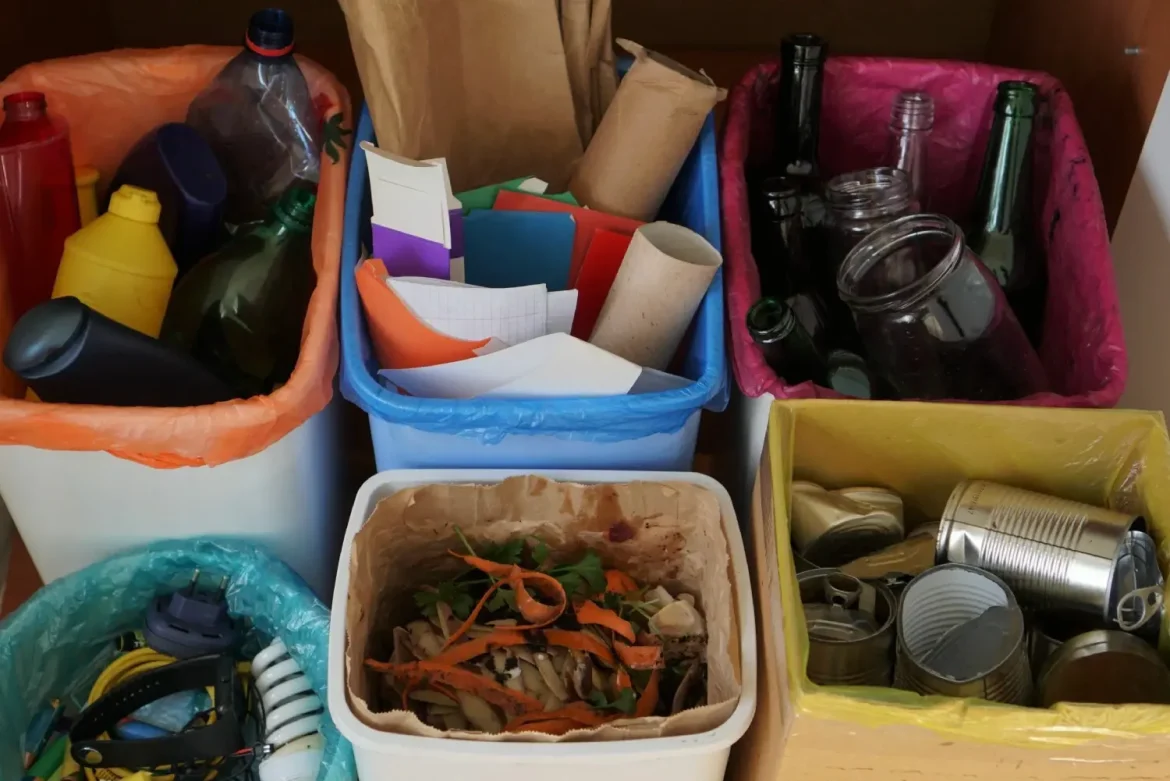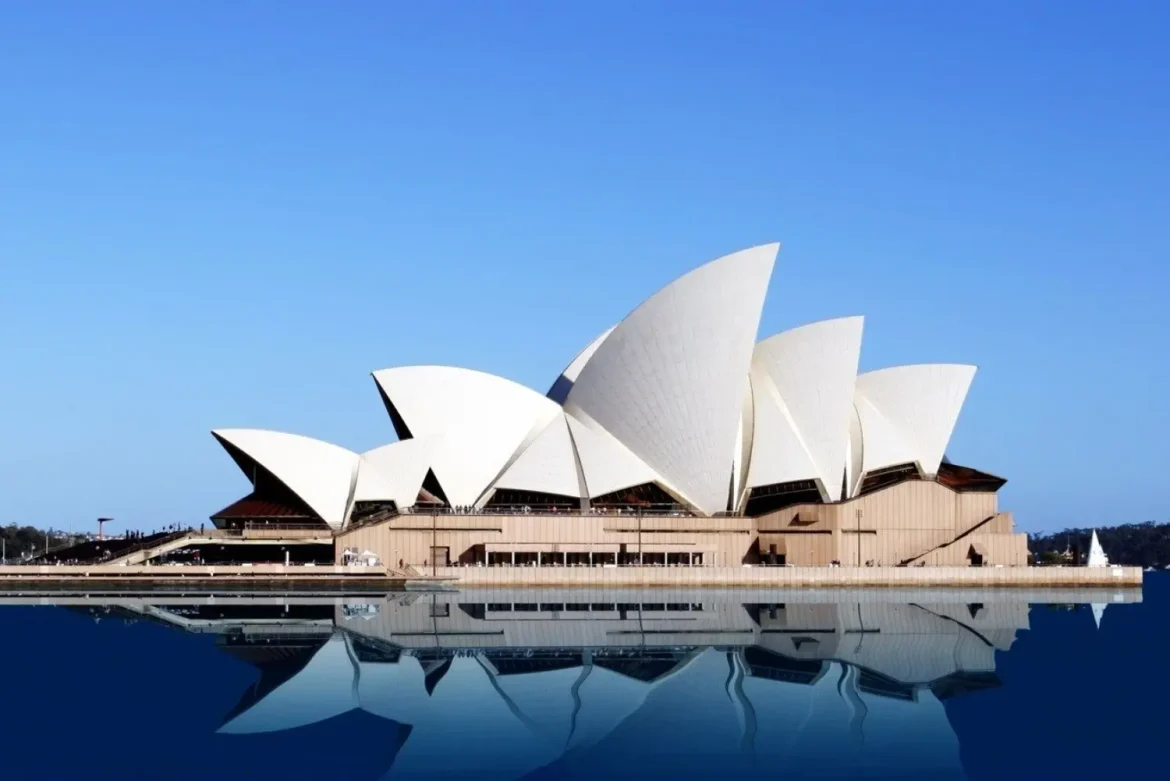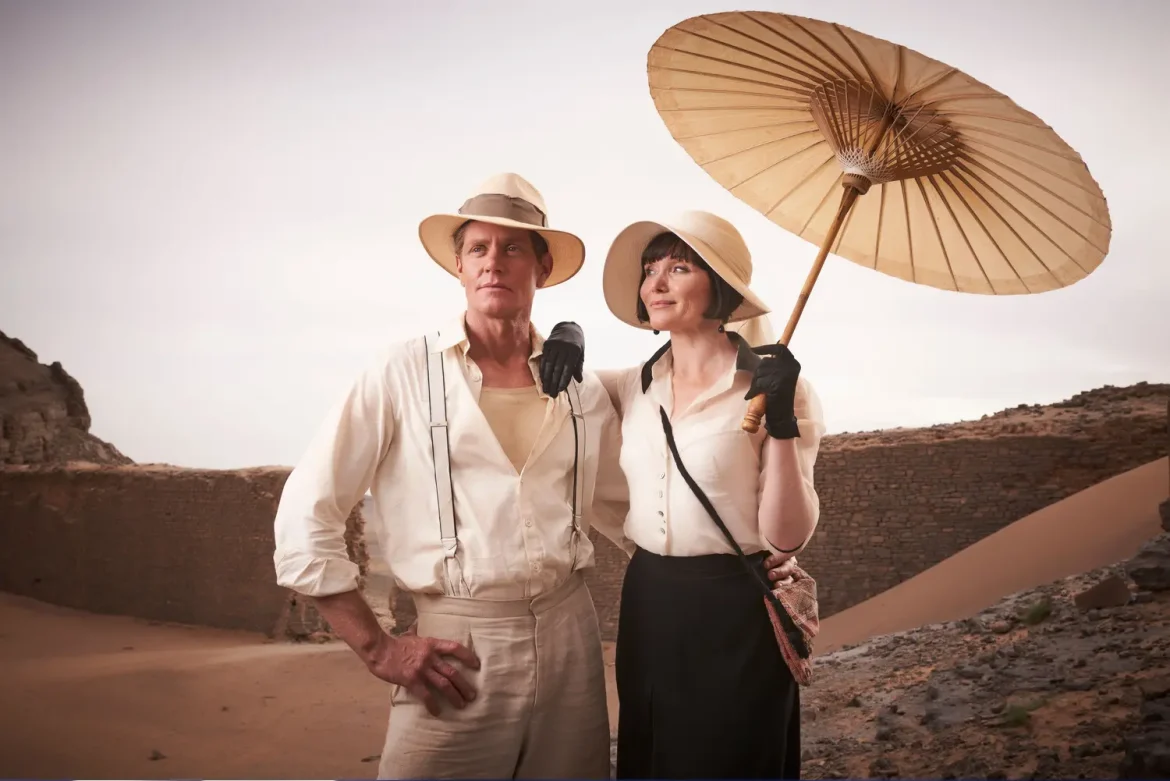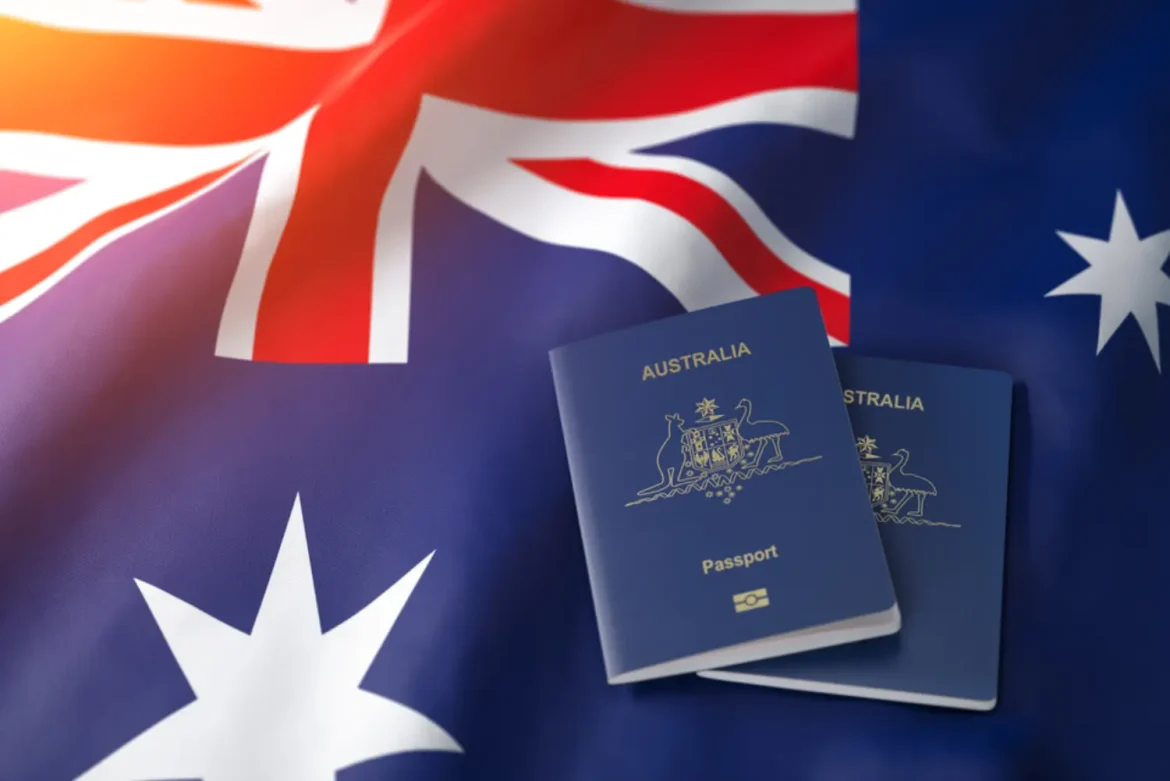With the rise of remote work, online learning, and streaming entertainment, Australians are spending more time than ever in front of screens. Extended screen exposure can contribute to eye strain, fatigue, and headaches, making it important to adopt simple strategies to protect vision and maintain comfort. Even small adjustments can have a noticeable impact on eye health and overall well-being.
The first step is to set boundaries for screen use. Establishing clear periods for work, study, and leisure online helps prevent prolonged, uninterrupted exposure. Taking short breaks every 30 to 60 minutes allows the eyes to rest, while engaging in other activities such as stretching, walking, or looking out a window reduces strain and supports posture.
Adjusting screen settings can also improve comfort. Increasing text size, reducing glare, and adjusting brightness to match ambient light can prevent squinting and fatigue. Blue light filters, either built into devices or through software, can also reduce eye discomfort during extended use, particularly in the evening.










